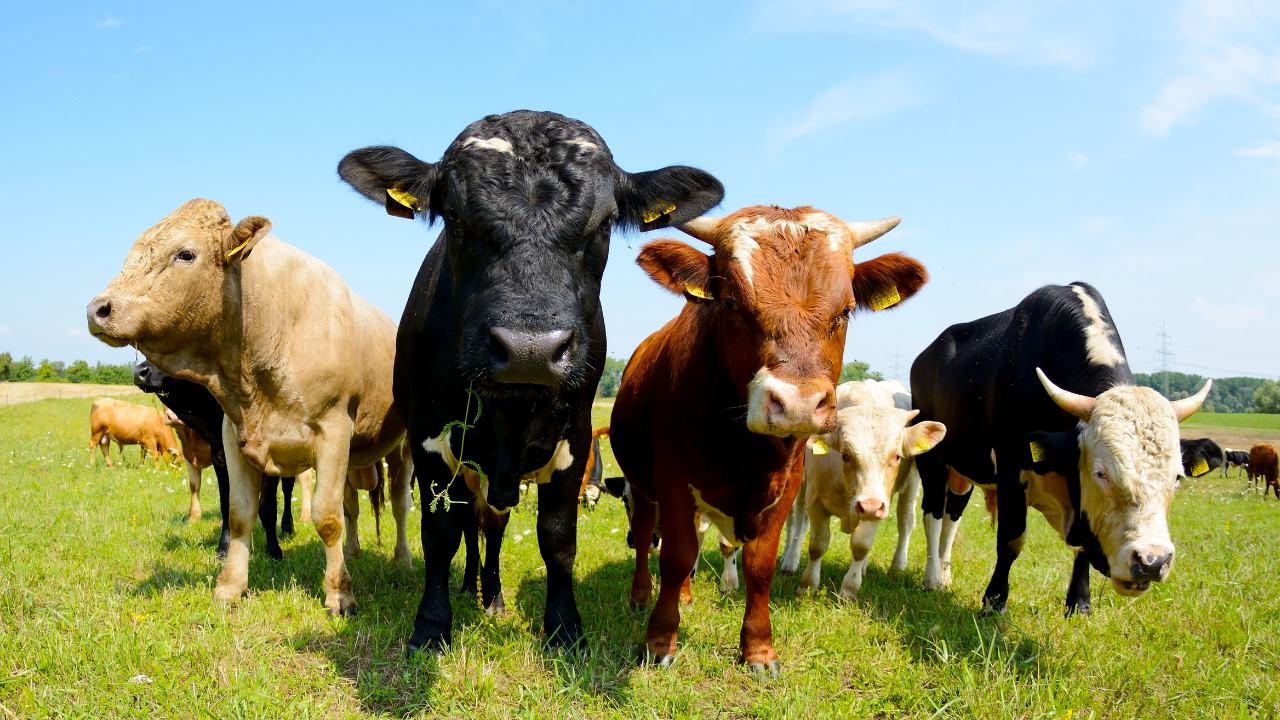American farmers could get over 10% of their qualified research expenditures (QRE) back by filing for a federal and state research and development (R&D) tax credit.
No other industry is quite as dynamic and diverse as the Agriculture industry. Farmers regularly need to try different strategies for higher yield productions or put new spins on old farming traditions. While some individuals have heard of R&D tax credits for farmers, many don’t realize that their farming operations could qualify for government-backed research and development tax credits. Keep reading to learn everything you need to know about about the federal R&D tax credit, how to access R&D tax credits for farmers, and more.
How Can an R&D Tax Credit Help Farmers?
You may run a small urban farming program or work land that your family has owned for generations. No matter what your forte is in the agriculture industry, an R&D tax credit for farmers can provide immense help to your organization.
For example, the federal R&D tax credit program could reward you up to 10% of your QRE in the form of a credit that could reduce your payroll or income tax burden. With this credit, you can keep more money in your pocket. The federal tax program is quite flexible too. You also have the option of carrying your credit forward 20 years.
Now, double-dipping isn’t usually encouraged at dinner parties, but when it comes to R&D tax credits, you most certainly should.
If you qualify for a federal R&D tax credit, you could also file for an R&D tax credit for farmers from your state too. If you don’t know if your state offers such a program, you can read this quick article to discover how to get a state R&D tax credit.
Of course, before you apply for a federal or state tax credit, you’ll need to verify that you qualify.
Which Agricultural Activities Count as R&D?
In today’s world of climate change and carbon reduction challenges, American agriculture devotees invest an extensive amount of time and money into research and development.
So, you may be realizing that you do quite a lot of experimentation on your own dime, but do you qualify for an R&D credit? Here are a few examples of specific enterprises that could qualify for such an incentive:
- Designing biodegradable lobster traps
- Developing irrigation solutions for climate challenges
- Creating new harvesting automation tools
- Developing new livestock breeding techniques
- Designing improved fishing hatcheries
- Constructing advanced soil additives to augment crop durability
- Experimenting with environmentally friendly pesticide design
- Attempting to create an improved feed for livestock
This is not an extensive list but hopefully it will open your eyes to how much R&D happens every day on your farm.
How is an Agricultural R&D Tax Credit Calculated?
Now that you know what kinds of activities count as R&D, you may be wondering how your credit is calculated. Each state that offers such a program has its own equation you’ll need to follow, but the federal government keeps things rather simple.
The federal credit is based upon these three factors:
- The salaries of your U.S. based employees conducting R&D for your organization
- The cost of 3rd party U.S. based contractors conducing R&D for your organization
- The cost of disposable supplies used during the R&D process
When you pop these figures into an R&D tax credit calculator, you can get an estimate of how much your federal R&D credit will be.
It’s important to note that any R&D endeavor you undertake doesn’t have to succeed. Even if the project you were working on ultimately failed, you still can apply for the credit. These tax credit incentives are designed to encourage individuals to try new things and keep innovating.
In fact, you don’t even have to be a traditional farmer to qualify for these credits. For example, if you’re the owner of a farm equipment development company, a fertilizer manufacturing business, or a seed and plant company, you could still qualify for an R&D credit.
Of course, these are just a few of the businesses in the Agriculture industry that could apply.
What You Need to Know About R&D Tax Credits for Farmers
Since R&D tax credits are meant to reward businesses for investing in product development or improving upon old processes, American farmers could be a top-notch candidates for a tax credit. Curious about if you qualify? Contact us at Bowers R&D to get your questions answered.

